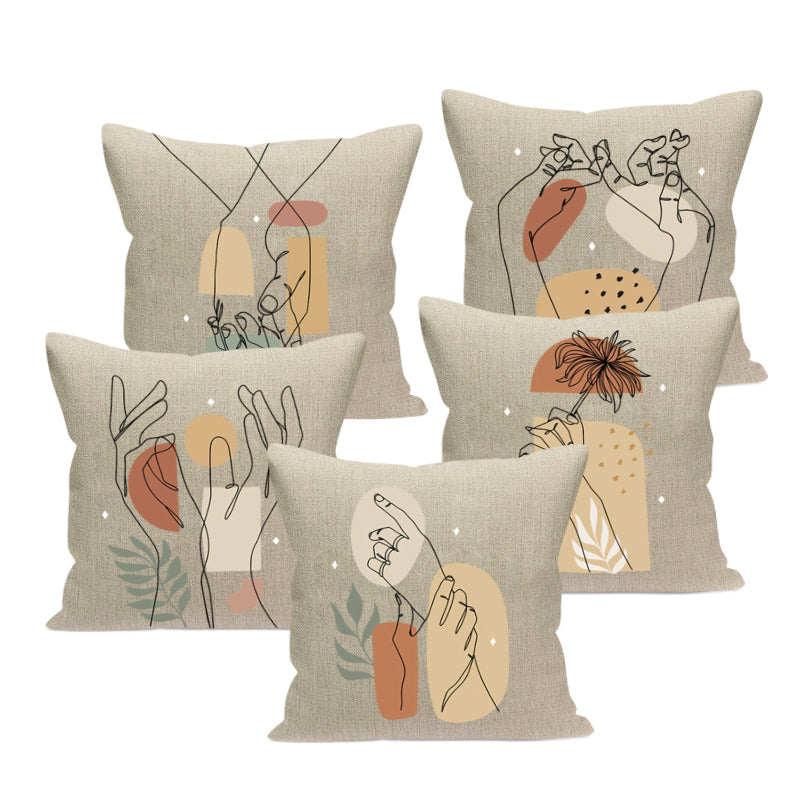Unique Art - The Facts
Unique Art - The Facts
Blog Article
The smart Trick of Unique Art That Nobody is Discussing
Table of Contents7 Simple Techniques For Unique ArtHow Unique Art can Save You Time, Stress, and Money.The smart Trick of Unique Art That Nobody is DiscussingThe Unique Art PDFsFascination About Unique Art
In the contemporary art globe, various imaginative styles have actually been drawing motivation from each various other. Modern photographers may study certain works of Fine Art or art from different durations in order to come up with ideas for their very own work.Figuring out the facets of these artworks that you're drawn to, such as a specific shade palette or style, can help you determine exactly how to incorporate these components right into your very own art. Another way to imitate art you appreciate without replicating it is to analyze it from a fresh viewpoint.
When increasing your art collection, it's vital to favor items that resonate with your own character and preferences, as these are the works you will certainly deal with in your house and they need to bring you pleasure. For those brand-new to the art scene or seeking to jazz up their existing collection, paying attention to upcoming patterns in the art world can supply important assistance.
Audra Kiewiet de Jonge, founder of Art/artefact, discusses that collectors today desire their art to evoke feelings of marvel and exploration. She says, "I think greater than fads especially, people are embracing the adventure and marvel of gathering special and special things and art across categories and periods. A type of Wunderkabinett (cabinet of inquisitiveness) come close to that feels simultaneously historical and thrillingly fresh and new."Birthing this in mind, specific styles resemble this distinct feeling of magic and are presently arising as favorites within the art market.
Some Known Factual Statements About Unique Art
, aims out that distinctive works add depth and dimension to standard paints and combined media art work. It in addition offers as a straight reaction to the increase of digital and 3D-printed art.
These works are standing out for their intimate storytelling and for preserving essential craft practices within areas. Kiewiet de Jonge keeps in mind that this ongoing rate of interest in outsider or people art is reshaping the conventional perception of art. Unique Art. Kiewiet de Jonge says, "There is definitely exciting interest now in art types that in the past were categorized as 'residential arts,' 'used arts' or 'craft' to separate them from the high art of the academy, which only admitted male students and consequently produced solely male professional artists
She says, "I feel like we remain in a collective moment that is returning to an interest in art where the hand of the musician appears and a feeling of just how it was made resonates for enthusiasts."Kiewiet de Jonge explains artist Gabrielle Teschner as one to great post to read watch with her works that blend together ink-paint and fabrics.
Since the beginning of art, portraiture has actually been a staple, and its allure is resurging. Modern pictures embrace a dynamic and luminescent style, casting their topics in refreshingly novel viewpoints. Kehinde Wiley, hailed as one of the most well-known portrait painters today, instills his portrayals of modern African American people with the magnificence of classic European portrait, yet establishes them apart with rich, luxuriant backdrops.
Everything about Unique Art
"Each aspect was intentional and included in the tale that the subject of the picture (or their household) intended to share to their target market." While art from 20th-century greats has actually always been longed for, there has been a growing rate of interest amongst new enthusiasts recently. Pablo Picasso has reemerged as an especially preferred artist for his metaphorical jobs that resonate with this generation of collectors.

The abundant multiculturalism of Indian art is well mirrored in the brilliant, distinct and captivating folk art and crafts. Numerous painting styles prevail throughout different areas, each standing for tradition, custom-mades, and beliefs handed down from one generation to other. Commonly, many of the Indian painting designs existed as wall paints or murals.
The 6-Minute Rule for Unique Art
Indian paintingdesigns are not simply a reflection of the aboriginal way of living but a perfect instance of artistic expression with basic yet distinctive make-ups. Here are several of the popular Indian people paint designs Untitled by Baua Devi One of one of the most renowned styles of Indian art is, Madhubani which came from the Mithila region of Bihar as a type of wall art.
Archer in 1934 while checking the damages after the massive Bihar quake (Unique Art). Archer was astonished by the lovely illustrations on the subjected inside wall surfaces of the housesThe appeal of Madhubani hinges on its easy and expressive representation of culture and practices. The designs are characterised by captivating geometrical patterns, symbolic photos, and scenes from mythology
Straightforward geometric patterns in white versus a red or yellow surface are useful reference utilized to illustrate everyday life scenes. Warli art with its direct and single tones appears like the execution of pre-historic cave paintings. Kalighat Painting by Unidentified Musician The Kalighat painting style was developed around Mid-19th century in the neighbourhood of Kali Temple in Calcutta.
4 Easy Facts About Unique Art Shown
Kalamkari art mainly entails natural colours like indigo, environment-friendly, corrosion, black and mustard. The Miniature paint design came to India with the Mughals in the 16th century and is identified as an essential landmark in the background of Indian art.

Report this page